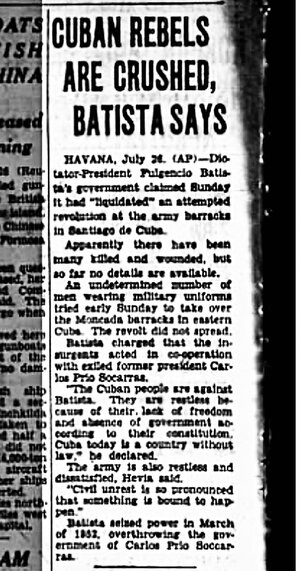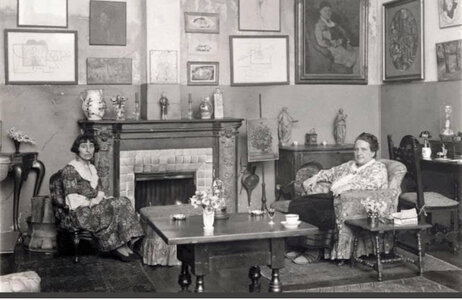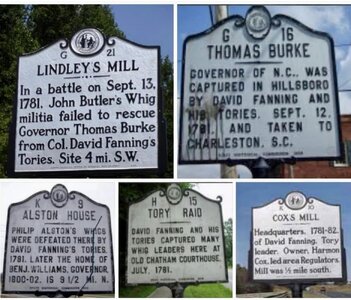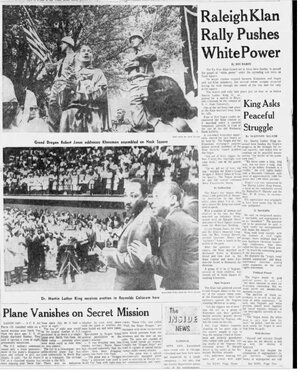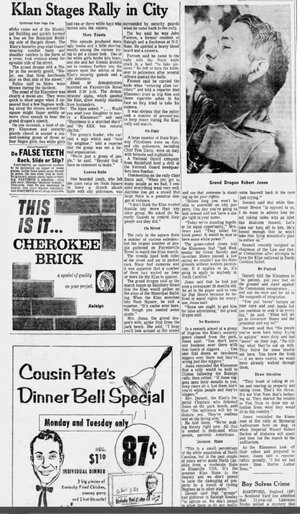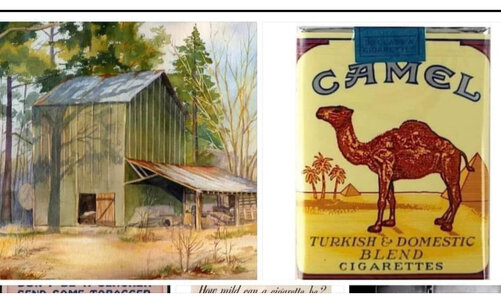
Cigarettes. Man they were EVERYWHERE. I remember from my early years there were but maybe three places where a man didn’t light up: Inside the Church Sanctuary, the Funeral Home, and a Hospital Room IF there was a sign prohibiting it. My high school had a smoking area. I had teachers in college that smoked in class. The true test of whether a film set in a time before the 1980s is whether or not the rooms are filled with smoke. Matchbooks were the most ubiquitous advertising prop of them all. Once upon a time our ashtray collections were much prized. Sometimes we smoked the ‘healthy’ brands…first with filters and then the “American Spirits.” The bar sold packs and ‘bumming’ a cig was a way to start a conversation. The first draw in the morning was a jumpstart. The history is interesting.
In 1900 only 2% of tobacco went toward cigarettes. Chew, snuff, cigars, and pipes were how people smoked. “Buck” Duke (of THAT family and place) was the innovator, working hard via image marketing to extract the effeminate cachet of the cigarette (its a French word after all) while also searching for a machine that could replace his troublesome, prone to labor-organizing, Eastern European cigarette rollers. He managed the latter (Look up Bonsack Cigarette Machine) and the US Government did the rest by pushing cigarettes into the WW1 doughboy’s allotted provisions. Morale raising, nerve calming, and increasing camaraderie were cited as rationales. At any rate cigarettes emerged from WW1 far, far more normalized than before. The addiction level skyrocketed.
In North Carolina tobacco love apparently predates the European invasion and the lay of the land, the nature of the soil, and subsequently the way we have worked, lived, and owned (or not owned) property has been profoundly entangled with the plant. Today those straight-rowed green fields of tobacco are nowhere close to as ever-present as they were when I was a boy nor is the aroma of the burning of that toasted weed everywhere. So few of the old barns remain that if you see one standing these days you ought to stop and take a photo because it is American History. My Grandpa Dunn chewed Tube Rose and he could lay flat on his couch with his head only slightly propped and propel a gob into the air and into his coffee can spittoon without fail. He could nail bugs and anything else he wanted to point out as we walked the field. This talent intrigued young me to no end. Deddy didn’t chew. He told me that he had once smoked — hadn’t everyone? — but had quit (a decision prompted by thrift rather than health consciousness he claimed). He didn’t want me to indulge either so one day when I inquired as to Grandpa’s habit, he handed me a plug and said just take this and try it. Off I went, walking the half mile from the hardware store to the house, my cheek bulging with the chaw. It was a clever plan. He didn’t tell me anything about not swallowing the juice so I did. Within minutes I was retching in the ditch by the side of the road — never again to have the slightest desire to chew.
The economic role played by the weed in the story of North Carolina cannot be overplayed. Like chicken-raising, tobacco permitted a family, when coupled with factory-work from at least one adult, to prosper and dream of, and pay for, the kind of educations that sent a generation into professions across the region. There was also seasonal labor that made great contributions to fending off poverty. I only primed tobacco one day, so sick I became from the tobacco goo so it was back to garden work, store tending, and hay baling for me to earn summer money but many that I knew garnered what at the time seemed like good pocket cash and more from that particular chore.
Ironically I smoked for a while and I enjoyed it. In graduate school and while tending bar a cigarette provided a signpost saying ‘Leave me be for these few seconds’ and, so I believed, also could facilitate thoughtfulness. Sometimes though, lighting up was more self-defense than anything else so filled were the spaces that I loved to inhabit with the gray haze. Thinking back it is difficult to even believe just how huge a part of our daily lives was tobacco. Think back a little more and the smoke starts rolling in.
#OTD (July 28) in 1918 Richard Joshua Reynolds died. He was born in 1850 in VA into a very wealthy family. In 1874 RJR came to Winston, NC to expand the family’s industry-He added sweetener to chewing tobacco, created Prince Albert smoking tobacco, and marketed Camel brand cigarettes. With Wealth came philanthropy to the present.
https://www.ncdcr.gov/.../07/28/tobacco-magnate-r-j-reynolds

